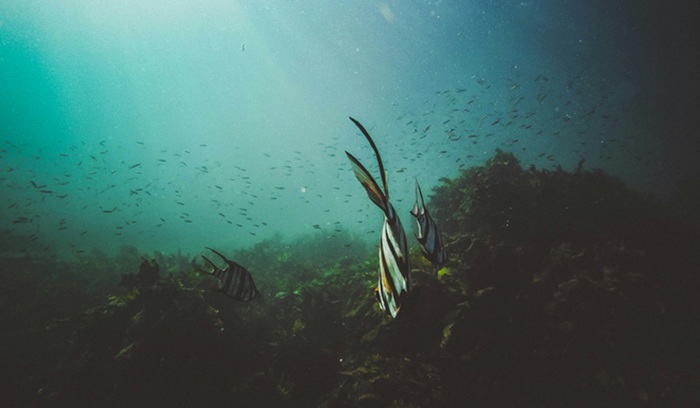World Court says countries are legally obligated to curb emissions and protect climate
A landmark decision by the International Court of Justice in The Hague, Netherlands has cleared the way for countries to sue each other over climate change. Campaigners and climate lawyers have called this a “watershed legal moment” and hope the decision will pave the way for compensation from countries that have historically burned the most fossil fuels. The unprecedented case was the brainchild of a group of young law students from low-lying Pacific islands on the frontlines of climate change, who came up with the idea in 2019.










